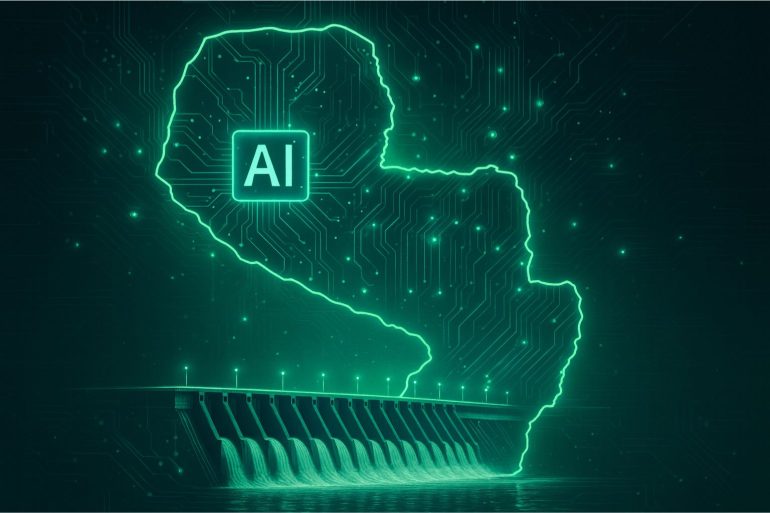Artificial intelligence (AI) is starting to shape the way countries work, grow and educate. Paraguay is in a strong position to put this technology to use in ways that are practical, ethical, and sustainable. The South American nation has two key assets: a young, digitally curious population, and one of the world’s largest surpluses of renewable electricity. Others, like U.S. Senator Marco Rubio highlighing this potential speaking before the U.S. Senate Foreign Relations Committee earlier this year, recognise Paraguay’s AI momentum.
By taking part in the 2024 UNESCO forum on AI ethics, Paraguay also signalled a clear intent to approach AI with fairness, transparency and responsibility in mind. This article looks at what AI actually is, how it could support key sectors like agriculture, education, and public services in Paraguay, and what it might mean for skills, jobs and future development.
The basics of AI, and the opportunities it brings
Artificial intelligence refers to computer systems that process large volumes of data to identify patterns, make decisions, or perform tasks that typically require human input. These systems power tools that, for example, help farmers monitor crops more precisely, expand access to education in remote areas, or streamline public services in growing cities.
While advanced applications require robust data and infrastructure, many AI tools are accessible with modest investment in training and connectivity. With a median age of 27, and one of the world’s largest surpluses of renewable electricity, Paraguay is well positioned to apply artificial intelligence in ways that are inclusive, sustainable, and innovation-focused.
Energy as a foundation for digital infrastructure
The Itaipú Dam generated 37,270 GWh in the first half of 2025 alone, according to its mid-year report. This output exceeds Paraguay’s domestic electricity consumption by approximately three times. While a portion of this surplus capacity is exported, it makes Paraguay an attractive hub for AI data centres, which require significant power for model training and deployment.
Opportunities in agriculture
According to the Food and Agriculture Organisation, AI tools like drone imaging, predictive analytics, and disease detection apps can significantly improve crop productivity, reduce input waste, and support sustainable farming practices. In pilot programmes, yield increases of 10 to 30% have been recorded, depending on the crop, region, and AI system used. In Paraguay’s Chaco region, AI-supported drone imaging could enhance soy production, a key export, while reducing water consumption.
Education potential
Artificial intelligence also offers transformative potential for education in Paraguay, where significant learning gaps persist. The World Bank in Paraguay reported that 85% of Paraguayan 15-year-olds did not reach minimum proficiency in mathematics, while 66% fell short in reading, and 71% in science.
Paraguay’s AI momentum can support adaptive learning platforms that personalise content based on student needs, helping to close these gaps across all subjects. Many of these tools are built to operate in low-bandwidth environments, making them especially suitable for schools in rural areas.
Bridging digital divide for AI adoption
While Paraguay has made notable progress in connectivity, with 81.6% of the population regularly online, digital access remains unequal. 86.2% of urban residents are connected, compared to 73.7% in rural areas. Fibre coverage and 5G will be essential for bringing AI tools to schools, clinics, farms, and small businesses across Paraguay, ensuring that digital innovation benefits all communities.
Paraguay’s AI momentum: The future ahead
Artificial intelligence holds the potential to drive Paraguay’s economic diversification and sustain its recent growth trajectory. Paraguay’s GDP grew by 5.9% in the first quarter of 2025. Maintaining this growth may involve Paraguay looking beyond agriculture and raw materials to new opportunities. AI offers a practical bridge. It can enhance how we grow food, teach students, and build services.
Energy is Paraguay’s base. Youth is the nation’s strength. AI is the tool that brings them together.
About the author: Stijn McAdam is an independent analyst focusing on finance, technology, and geopolitics. A former military and law enforcement officer turned entrepreneur and global investor, he writes about markets, sovereignty, and global shifts in power. He is the author of Fit & Free, Crypto from Scratch, and Trade Smart, and regularly shares insights at stijnmcadam.com.


